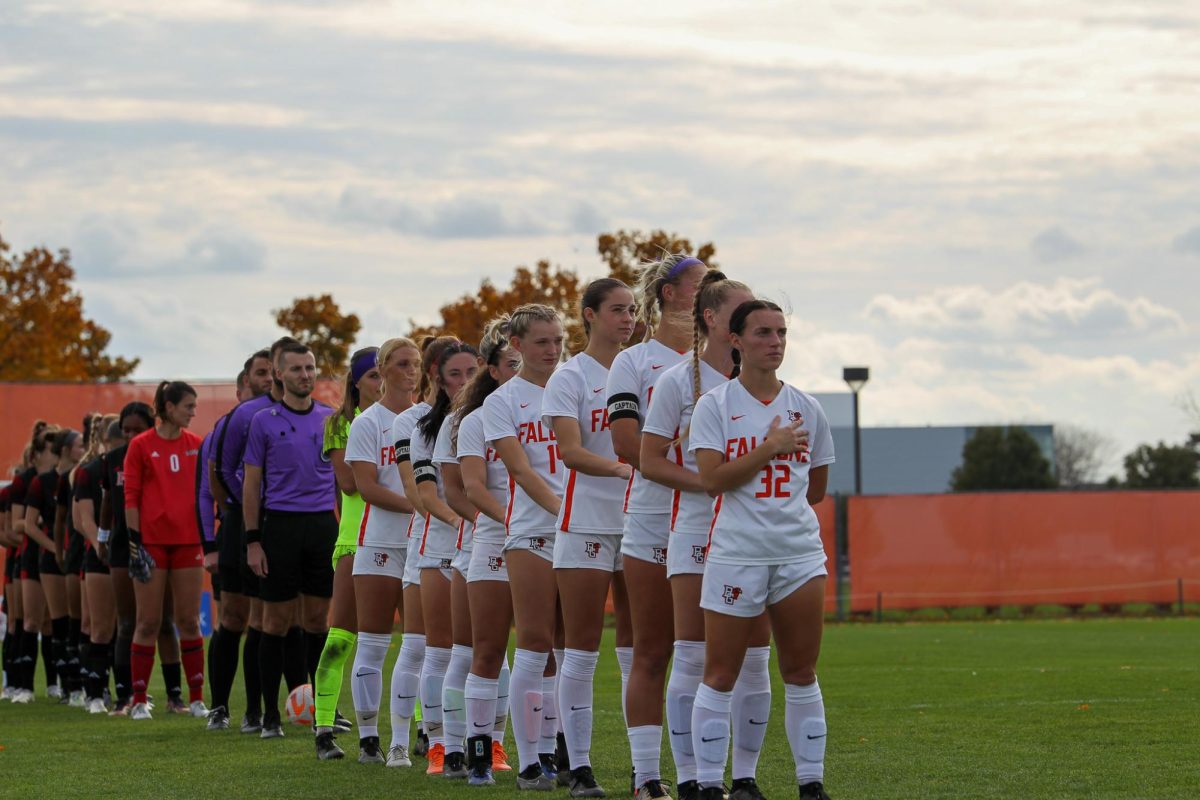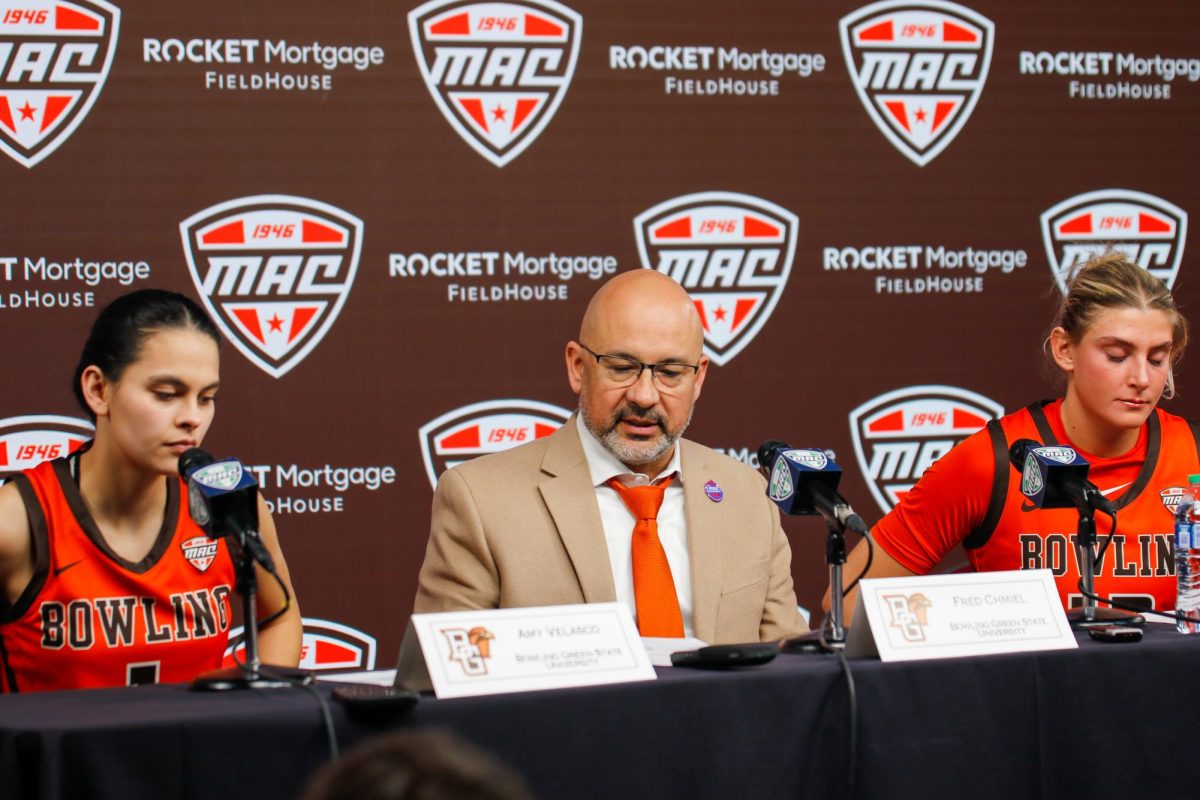2004 was a banner year for homophobia and heterosexism in the U.S.
Ten years ago, voters in Ohio and 11 other states passed amendments to their respective state constitutions banning same sex marriage.
In all, 31 states now have or at one time had some form of the erroneously named “Defense of Marriage Act.”
These “defenses” were modeled on the federal Defense of Marriage Act [DOMA] signed into law in 1996 by none other than President Bill Clinton, one not known for marital fidelity himself.
At long last, in 2013 the U.S. Supreme Court ruled section three of the federal DOMA unconstitutional. At the state level, three of the 12 states that passed DOMAs in 2004 have had Circuit Court rulings declaring the amendments unconstitutional.
Appeals are pending in all three rulings to reinstate the DOMAs, but those appeals should have no standing if there is fairness and justice in the U.S. Defense of Marriage Acts ushered in by popular votes embody the very “tyranny of the majority” that the Bill of Rights is intended to remedy.
What, precisely, is being defended when same sex couples are not allowed to marry?
Take, for example, the story of Del Martin and Phyllis Lyon.
These two women first met in 1950, they became a couple two years later and then moved in together in 1953.
Fifty-one years later, the state of California finally recognized their union.
What elements of the marriage contract were compromised in 2004 when the state granted Martin and Lyon the same rights as other married couples? Did straight couples suddenly feel diminished because two women who had devoted their lives to each other finally found state recognition for that relationship?
Or, how about in Michigan?
Would the marriage of Milt Lennox and Ed Ladner lessen any straight Michigan couple’s union? Lennox and Ladner, of Grand Rapids, Mich.. celebrated 50 years together on the very day the Michigan DOMA was declared unconstitutional.
Opponents of same-sex marriage might ask why Martin and Lyon or Lennox and Ladner need marriage if their relationships lasted 50 years without state recognition.
Such questions ignore the privileges that marriage affords couples.
As the American Civil Liberties Union notes, “There are more than 1,100 places in federal law where a protection or responsibility is based on marital status.”
Unfortunately, groups like the National Organization for Marriage [NOM] continue to advocate for marriage exclusively as “one man and one woman.”
Their spurious argument is that to do otherwise would be an infringement on the religious liberties of those opposed to same sex marriage.
However, no one is forcing anyone into a same sex marriage. The expansion of marriage rights is an expansion of civil rights.
Here’s to hoping the courts continue to recognize the civil rights of same sex couples by overturning the DOMAs that remain.
Respond to Julie at




















